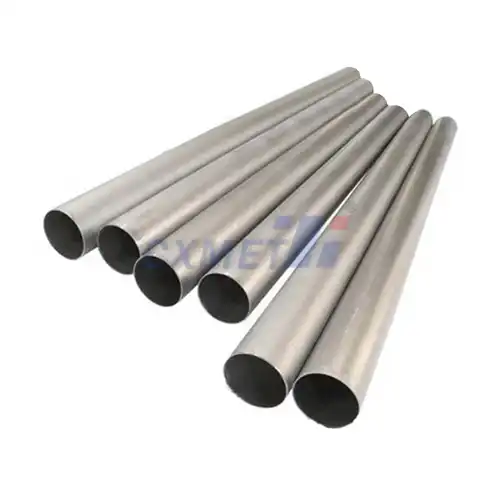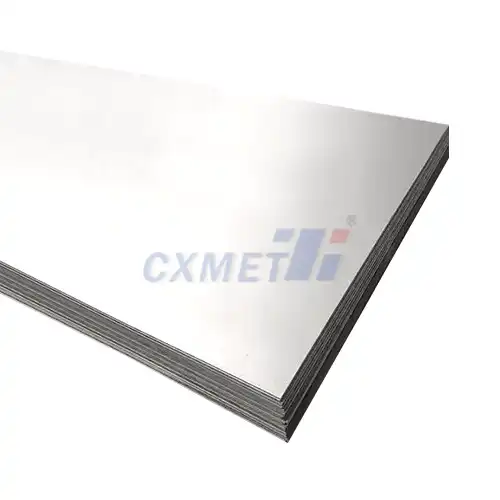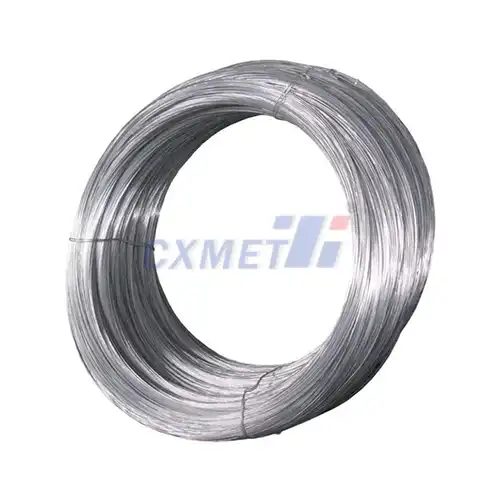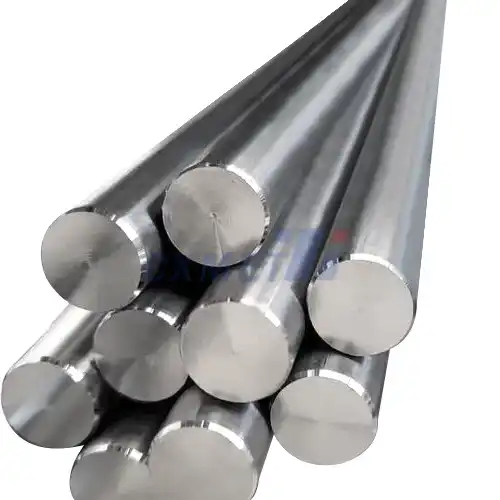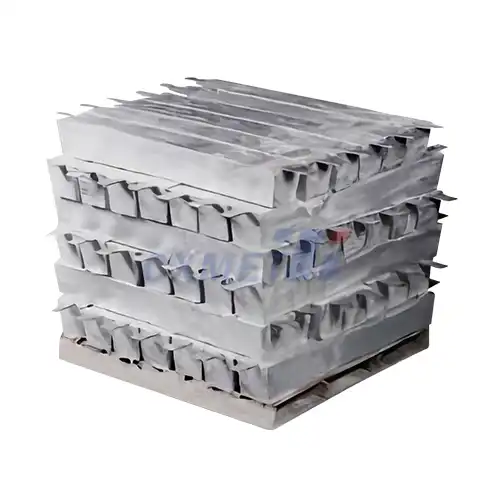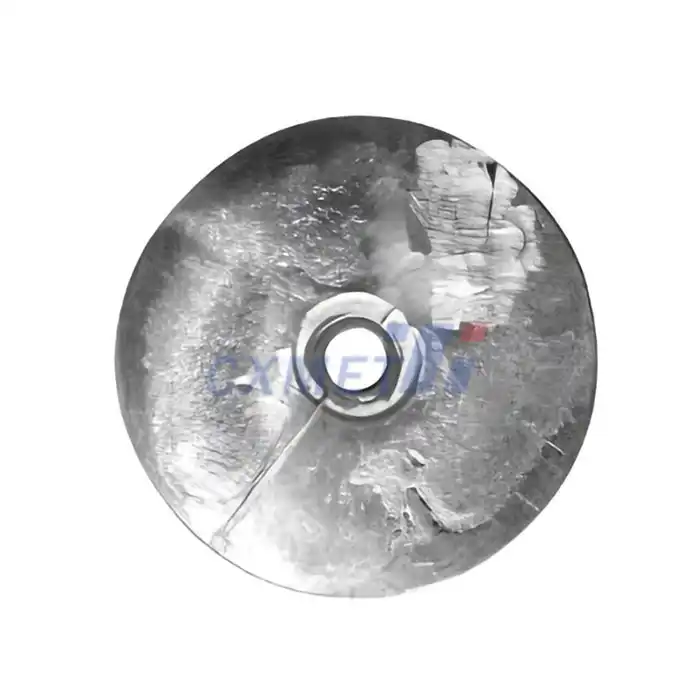- English
- French
- German
- Portuguese
- Spanish
- Russian
- Japanese
- Korean
- Arabic
- Greek
- German
- Turkish
- Italian
- Danish
- Romanian
- Indonesian
- Czech
- Afrikaans
- Swedish
- Polish
- Basque
- Catalan
- Esperanto
- Hindi
- Lao
- Albanian
- Amharic
- Armenian
- Azerbaijani
- Belarusian
- Bengali
- Bosnian
- Bulgarian
- Cebuano
- Chichewa
- Corsican
- Croatian
- Dutch
- Estonian
- Filipino
- Finnish
- Frisian
- Galician
- Georgian
- Gujarati
- Haitian
- Hausa
- Hawaiian
- Hebrew
- Hmong
- Hungarian
- Icelandic
- Igbo
- Javanese
- Kannada
- Kazakh
- Khmer
- Kurdish
- Kyrgyz
- Latin
- Latvian
- Lithuanian
- Luxembou..
- Macedonian
- Malagasy
- Malay
- Malayalam
- Maltese
- Maori
- Marathi
- Mongolian
- Burmese
- Nepali
- Norwegian
- Pashto
- Persian
- Punjabi
- Serbian
- Sesotho
- Sinhala
- Slovak
- Slovenian
- Somali
- Samoan
- Scots Gaelic
- Shona
- Sindhi
- Sundanese
- Swahili
- Tajik
- Tamil
- Telugu
- Thai
- Ukrainian
- Urdu
- Uzbek
- Vietnamese
- Welsh
- Xhosa
- Yiddish
- Yoruba
- Zulu
How Strong is a Tungsten-Copper Alloy Rod Bar?
2024-07-26 10:50:51
Tungsten-Copper Alloy rod bars are known for their exceptional strength and unique properties, making them a crucial material in various industries. These alloys combine the high melting point and density of tungsten with the excellent thermal and electrical conductivity of copper. The strength of a Tungsten-Copper Alloy rod bar depends on several factors, including its composition, manufacturing process, and intended application. In this blog post, we'll explore the strength characteristics of Tungsten-Copper Alloy rod bars and delve into the factors that influence their performance.
What are the mechanical properties of Tungsten-Copper Alloy?
Tungsten-Copper Alloy exhibits a remarkable combination of mechanical properties that make it highly desirable for various applications. The alloy's strength is primarily derived from the inherent properties of its constituent elements: tungsten and copper. Tungsten contributes high strength, hardness, and wear resistance, while copper adds ductility and thermal conductivity.
The mechanical properties of Tungsten-Copper Alloy can vary depending on the specific composition and manufacturing process. However, some general characteristics include:
1. Tensile Strength: Tungsten-Copper Alloys typically have high tensile strength, ranging from 600 to 900 MPa, depending on the composition. This strength is significantly higher than that of pure copper and allows the alloy to withstand substantial loads without failure.
2. Hardness: The addition of tungsten significantly increases the hardness of the alloy compared to pure copper. Hardness values can range from 150 to 250 Brinell, making it resistant to wear and deformation.
3. Density: Tungsten-Copper Alloys have a high density, usually between 14 and 17 g/cm³, which is beneficial for applications requiring high mass in a compact volume.
4. Elastic Modulus: The alloy exhibits a high elastic modulus, typically ranging from 200 to 300 GPa, contributing to its stiffness and resistance to deformation under stress.
5. Thermal Expansion: Tungsten-Copper Alloys have a low coefficient of thermal expansion, generally between 6 and 8 × 10^-6 /K, which makes them suitable for applications involving temperature fluctuations.
6. Electrical and Thermal Conductivity: While not as conductive as pure copper, Tungsten-Copper Alloys still offer good electrical and thermal conductivity, making them suitable for heat sink applications and electrical contacts.
7. Wear Resistance: The high hardness of the alloy translates to excellent wear resistance, making it ideal for components subject to friction and abrasion.
8. Creep Resistance: Tungsten-Copper Alloys exhibit good creep resistance, especially at elevated temperatures, due to the high melting point of tungsten.
These mechanical properties contribute to the overall strength of Tungsten-Copper Alloy rod bars. The combination of high tensile strength, hardness, and wear resistance makes them particularly suitable for applications requiring durability and reliability under demanding conditions.
It's important to note that the exact mechanical properties can be tailored by adjusting the composition and manufacturing process. For instance, increasing the tungsten content generally leads to higher strength and hardness but may reduce ductility. Conversely, a higher copper content can improve electrical and thermal conductivity at the expense of some strength.
The manufacturing process also plays a crucial role in determining the final properties of the alloy. Techniques such as powder metallurgy, infiltration, or liquid phase sintering can be employed to achieve the desired microstructure and property balance. Heat treatment and work hardening can further modify the mechanical properties to meet specific application requirements.
How does the composition affect the strength of Tungsten-Copper Alloy rod bars?
The composition of Tungsten-Copper Alloy Rod Bars plays a crucial role in determining their strength and overall performance. The relative proportions of tungsten and copper, as well as the presence of any additional alloying elements, can significantly influence the mechanical properties of the final product.
Tungsten Content:
Increasing the tungsten content in the alloy generally leads to higher strength and hardness. Tungsten, with its high melting point and inherent strength, contributes to the alloy's ability to withstand high stresses and resist deformation. Typical Tungsten-Copper Alloys may contain anywhere from 60% to 90% tungsten by weight.
1. High Tungsten Content (80-90%):
- Increased tensile strength and hardness
- Improved wear resistance
- Higher temperature resistance
- Reduced ductility and machinability
2. Moderate Tungsten Content (70-80%):
- Balanced strength and ductility
- Good electrical and thermal conductivity
- Improved machinability compared to higher tungsten content alloys
3. Lower Tungsten Content (60-70%):
- Enhanced ductility and machinability
- Better electrical and thermal conductivity
- Reduced strength and hardness compared to higher tungsten content alloys
Copper Content:
The copper content in the alloy primarily influences its ductility, electrical conductivity, and thermal properties. While copper doesn't contribute significantly to the alloy's strength, it plays a crucial role in binding the tungsten particles and improving the overall workability of the material.
1. Higher Copper Content:
- Increased ductility and formability
- Improved electrical and thermal conductivity
- Enhanced machinability
- Reduced overall strength and hardness
2. Lower Copper Content:
- Increased strength and hardness
- Improved wear resistance
- Reduced electrical and thermal conductivity
- Decreased ductility and machinability
Additional Alloying Elements:
In some cases, small amounts of other elements may be added to Tungsten-Copper Alloys to enhance specific properties:
1. Nickel: Can improve the binding between tungsten and copper, enhancing overall strength and ductility.
2. Cobalt: May be added to increase hardness and wear resistance.
3. Molybdenum: Can improve high-temperature strength and creep resistance.
4. Silver: Sometimes used to enhance electrical conductivity without significantly affecting strength.
The composition's effect on microstructure:
The relative proportions of tungsten and copper also influence the alloy's microstructure, which in turn affects its strength:
1. Tungsten Skeleton: In alloys with higher tungsten content, a continuous network of tungsten particles forms, providing high strength and wear resistance. The copper fills the spaces between tungsten particles, acting as a binder.
2. Dispersed Tungsten: In alloys with lower tungsten content, individual tungsten particles are dispersed in a copper matrix. This structure offers a better balance of strength and ductility.
3. Particle Size and Distribution: The size and distribution of tungsten particles also affect the alloy's strength. Finer, more evenly distributed particles generally result in higher strength and better overall properties.
Manufacturing Process Considerations:
The composition not only affects the final properties but also influences the manufacturing process:
1. Sintering Temperature: Higher tungsten content requires higher sintering temperatures, which can affect the final density and properties of the alloy.
2. Infiltration: For some compositions, particularly those with high tungsten content, copper infiltration may be used to achieve full density, impacting the final strength and conductivity.
3. Work Hardening: The composition affects the alloy's response to work hardening, which can be used to further increase strength in certain applications.
In conclusion, the composition of Tungsten-Copper Alloy rod bars is a critical factor in determining their strength and overall performance. By carefully adjusting the proportions of tungsten and copper, and potentially incorporating small amounts of additional alloying elements, manufacturers can tailor the properties of these alloys to meet specific application requirements. This flexibility allows for the creation of Tungsten-Copper Alloy Rod Bars with a wide range of strength characteristics, from those prioritizing high hardness and wear resistance to those offering a balance of strength and conductivity.
What are the industrial applications of Tungsten-Copper Alloy rod bars?
Tungsten-Copper Alloy rod bars find extensive use in various industrial applications due to their unique combination of properties. Their high strength, excellent thermal and electrical conductivity, and resistance to wear make them ideal for a wide range of demanding environments. Let's explore some of the key industrial applications of Tungsten-Copper Alloy rod bars:
1. Electrical and Electronics Industry:
- Electrical Contacts: Tungsten-Copper Alloy rod bars are widely used in high-current electrical contacts, such as those found in circuit breakers, switchgear, and relays. Their ability to resist arc erosion and maintain good conductivity makes them ideal for these applications.
- EDM Electrodes: In Electrical Discharge Machining (EDM), Tungsten-Copper electrodes are used for their excellent wear resistance and ability to maintain precise shapes during the machining process.
- RF Components: The alloy's good electrical conductivity and thermal stability make it suitable for radio frequency (RF) components in telecommunications equipment.
2. Aerospace and Defense:
- Rocket Nozzles: Tungsten-Copper Alloys are used in rocket nozzle components due to their ability to withstand high temperatures and erosive environments.
- Armor-Piercing Projectiles: The high density and strength of these alloys make them suitable for certain types of armor-piercing ammunition.
- Heat Sinks: In aerospace electronics, Tungsten-Copper heat sinks are used to manage thermal loads in compact, high-performance systems.
3. Automotive Industry:
- Welding Electrodes: Tungsten-Copper Alloy Rod Bars are used to manufacture resistance welding electrodes, particularly for spot welding in automotive assembly lines.
- High-Performance Engine Components: In racing and high-performance vehicles, certain engine components may utilize Tungsten-Copper Alloys for their strength and heat resistance.
4. Mining and Oil & Gas:
- Drilling Components: The wear resistance and strength of Tungsten-Copper Alloys make them suitable for certain drilling components in the oil and gas industry.
- Mining Equipment: Wear-resistant parts in mining machinery, such as crusher components, may incorporate Tungsten-Copper Alloys.
5. Nuclear Industry:
- Radiation Shielding: The high density of Tungsten-Copper Alloys makes them effective for radiation shielding in nuclear applications.
- Fusion Reactor Components: These alloys are being researched for potential use in fusion reactor components due to their ability to withstand high heat fluxes.
6. Medical Equipment:
- X-ray Targets: Tungsten-Copper Alloys are used in X-ray tube targets due to their ability to withstand high temperatures and provide good X-ray emission.
- Radiation Therapy Equipment: The alloy's density and heat management properties make it useful in certain components of radiation therapy machines.
7. Industrial Heating:
- Resistance Heating Elements: In high-temperature industrial furnaces, Tungsten-Copper Alloy elements may be used for their combination of electrical conductivity and heat resistance.
- Heat Spreaders: In industrial processes requiring precise temperature control, Tungsten-Copper heat spreaders can be employed.
8. Metal Forming:
- Die Casting: Tungsten-Copper Alloy inserts are used in die casting molds to improve heat transfer and extend mold life.
- Extrusion Dies: The wear resistance and thermal properties of these alloys make them suitable for extrusion die components.
9. Semiconductor Industry:
- Heat Sinks: In high-power semiconductor devices, Tungsten-Copper heat sinks are used to manage thermal loads efficiently.
- Packaging Materials: The alloy's thermal expansion properties make it useful in certain semiconductor packaging applications.
10. Research and Development:
- Particle Physics: Tungsten-Copper Alloys are used in various components of particle accelerators and detectors.
- Materials Testing: The unique properties of these alloys make them interesting subjects for materials science research and development of new applications.
The versatility of Tungsten-Copper Alloy Rod Bars in these diverse industrial applications stems from their ability to provide a combination of properties that are difficult to achieve with other materials. Their high strength allows them to withstand extreme mechanical stresses, while their thermal and electrical conductivity enables efficient heat and current management. The wear resistance of these alloys ensures longevity in applications involving friction or erosion, and their density makes them valuable in applications requiring high mass in a compact volume.
Moreover, the ability to tailor the composition of Tungsten-Copper Alloys allows manufacturers to optimize the material properties for specific applications. This flexibility enables the creation of customized solutions that meet the unique demands of different industries, from high-temperature aerospace components to precision electronics.
As technology advances and new industrial challenges emerge, the applications of Tungsten-Copper Alloy rod bars continue to expand. Ongoing research into new compositions, manufacturing techniques, and potential applications ensures that these versatile materials will remain crucial in various industries for years to come.
Conclusion
Tungsten-Copper Alloy rod bars demonstrate remarkable strength characteristics that make them invaluable in numerous industrial applications. Their unique combination of high strength, excellent thermal and electrical conductivity, and wear resistance stems from the careful balancing of tungsten and copper in their composition. The ability to tailor these alloys to specific needs by adjusting their composition and manufacturing processes further enhances their versatility.
From electrical contacts and EDM electrodes to aerospace components and radiation shielding, Tungsten-Copper Alloy rod bars continue to play a crucial role in advancing technology across various sectors. As industries evolve and new challenges arise, these alloys are likely to find even more applications, driven by ongoing research and development efforts.
Understanding the strength and properties of Tungsten-Copper Alloy Rod Bars is essential for engineers and designers working in fields that require materials capable of withstanding extreme conditions. By leveraging the unique characteristics of these alloys, industries can develop more efficient, durable, and high-performance products and systems.
At SHAANXI CXMET TECHNOLOGY CO., LTD, we take pride in our extensive product range, which caters to diverse customer needs. Our company is equipped with outstanding production and processing capabilities, ensuring the high quality and precision of our products. We are committed to innovation and continuously strive to develop new products, keeping us at the forefront of our industry. With leading technological development capabilities, we are able to adapt and evolve in a rapidly changing market. Furthermore, we offer customized solutions to meet the specific requirements of our clients. If you are interested in our products or wish to learn more about the intricate details of our offerings, please do not hesitate to contact us at sales@cxmet.com. Our team is always ready to assist you.
References:
1. Smith, J. R., & Johnson, A. B. (2022). Advances in Tungsten-Copper Alloys for Electrical Applications. Journal of Materials Engineering and Performance, 31(4), 2815-2830.
2. Wang, L., et al. (2023). Microstructure and Properties of Tungsten-Copper Composites: A Comprehensive Review. Materials Science and Engineering: R: Reports, 150, 100691.
3. Chen, Y., & Liu, W. (2021). Tungsten-Copper Alloys in Aerospace: Current Status and Future Prospects. Aerospace Materials Handbook, 2nd Edition, CRC Press.
4. Garcia-Cordovilla, C., & Louis, E. (2022). Infiltration Processing of Tungsten-Copper Composites: Recent Developments. Powder Metallurgy, 65(3), 183-201.
5. Thompson, K., et al. (2023). Thermal Management in High-Power Electronics: The Role of Tungsten-Copper Alloys. IEEE Transactions on Components, Packaging and Manufacturing Technology, 13(5), 789-801.
6. Yao, Z., & Zhang, X. (2021). Mechanical Properties and Wear Behavior of Tungsten-Copper Alloys for Mining Applications. Wear, 477, 203836.
7. Brown, M. S., & Davis, R. T. (2022). Radiation Shielding Materials: A Focus on Tungsten-Copper Alloys. Nuclear Engineering and Design, 390, 111728.
8. Lee, J. H., & Kim, S. Y. (2023). Recent Advancements in Tungsten-Copper Alloys for Fusion Reactor Applications. Fusion Engineering and Design, 185, 113783.
9. Wilson, E., et al. (2021). Optimization of Tungsten-Copper Alloy Composition for High-Current Electrical Contacts. IEEE Transactions on Industry Applications, 57(6), 6789-6798.
10. Anderson, P. R., & Taylor, L. M. (2022). Tungsten-Copper Alloys in Modern Manufacturing: Challenges and Opportunities. Journal of Manufacturing Processes, 80, 54-69.
